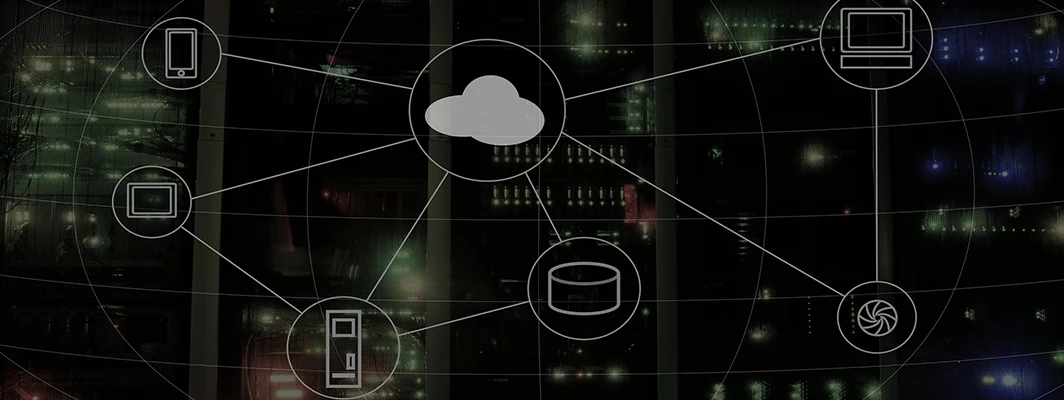
Phishing attacks have been around for quite some time and continue to be a major threat to individuals and businesses alike. As we become more reliant than ever on technology, we also become more susceptible to these phishing attacks. Especially in the world of business. Laptops, tablets, phones are used every second of every day to allow businesses to function. That’s without even mentioning the software or systems used whilst on them.
According to statistics, 39% of UK businesses were victims of a cyber attack in 2022 with 83% of these identifying the root of it as a phishing attack. That’s why it’s crucial to understand the most common types and what you could do to prevent them.
Hook, Line, and Sinker: Understanding the Danger of Phishing Attacks
As stated above, it’s the most common form of cybercrime whereby cybercriminals attempt to trick the victim into revealing sensitive information, such as usernames, passwords, or credit card details, by posing as a trustworthy entity. The likelihood is that at some stage, your business has been targeted by some form of phishing attempt, maybe without even noticing.
The challenge is that phishing attacks can take many different forms, each with devastating consequences. As a business, it could lead to a loss of custom, damage reputation, disrupt operations or even result in irreparable financial losses. These are all very real results of a successful phishing attack.
Types of Phishing Attacks
As technology evolves, so do fraudsters as well as the tools and techniques they use to carry out these phishing attacks. There’s a variety of potential phishing attacks so we’ve put together the most common types below.

Deceptive Phishing:
This involves creating a fake email or website that appears to be legitimate and convincing the victim to provide their sensitive information. Attackers typically use social engineering tactics to trick people into clicking on a malicious link or downloading an infected file. These attacks can be difficult to detect, as the email or website may look identical to a legitimate one.
Spear Phishing:
This is a more targeted form of phishing that is aimed at specific individuals or groups. Attackers gather information about their targets, such as their job title, company, or interests, to craft a personalised message that appears to come from a trusted source. In recent years, this type of attack has become more popular to target organisations and their employees, looking to exploit their vulnerabilities to steal corporate secrets, financial information, or other valuable data.
Whaling:
Whaling is a type of spear phishing attack that targets high-level executives and other high-value targets. The attackers create emails that appear to come from someone in a position of authority, such as the CEO or CFO, and request sensitive information or initiate a wire transfer. Whaling attacks can be especially damaging to businesses, as they often result in significant financial losses.
Pharming:
Pharming is a type of attack that involves redirecting victims to a fake website, even if they type the correct web address into their browser. Attackers accomplish this by exploiting vulnerabilities in the DNS system, which is responsible for translating domain names into IP addresses. Once victims land on the fake website, they are prompted to enter their sensitive information, which is then captured by the attackers.
Clone Phishing:
Clone phishing is a type of attack that involves creating a fake email that appears to be a legitimate one that the victim has received previously. Attackers clone a real email, change a few details, such as the link or attachment, and send it to the victim with the goal of tricking them into providing their sensitive information.
Vishing:
Vishing (voice phishing) is a type of attack that uses voice messages or phone calls to trick victims into providing their sensitive information. Attackers often impersonate a trusted organisation, such as a bank or credit card company, and use social engineering tactics to persuade the victim to divulge their login credentials or other sensitive information.
Smishing:
Smishing (SMS phishing) is a type of phishing attack that targets victims through text messages. Attackers typically send a text message that appears to be from a legitimate source, such as a bank or government agency and includes a link or phone number to call. The link or phone number leads to a fake website or automated phone system that prompts the victim to enter their sensitive information.
Ready to protect your business?
As you can see, phishing attacks come in all different forms and are constantly evolving with attackers developing new tactics to trick victims. Therefore, it’s vital you stay informed about the latest phishing techniques and take steps to protect yourself and your organisation.
That’s where our services and expertise here at Express IT can be crucial in the battle to prevent and protect your business. To learn more about our range of packages, get in touch with our team today.



